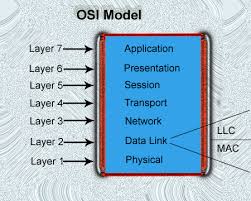10Example of networking cables and their functions, post at least 10 w/ picture.
1.)Serial ATA is the next -generation internal/external storage interconnect, designed to replace parallel ATA technology. Serial ATA is the proactive evolution of the ATA interface from a parallel bus to a serial bus architecture. This architecture overcomes the electrical constraints that are increasing the difficulty of continued speed enhancements for the classic parallel ATA bus. Serial ATA will be introduced at 150Mbytes/sec, with a roadmap already planned to 600Mbytes/sec, supporting up to 10 years of storage evolution based on historical trends. SATA/ESATA High Performance External Shielded Cables

2.)The cable networks are the most common and the most secure type of networking style. They have succeded in having very high data rates ranging from 10mbps to 100gbps as from 2007. The hardware has fast been evolving in the cable network arriving at a stable level while rising to higher heights.
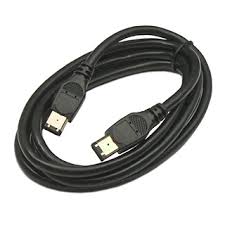
3.)This definition closely duplicates the definition for twisted pair.)Shielded twisted pair is a special kind of copper telephone wiring used in some business installations. An outer covering or shield is added to the ordinary twisted pair telephone wires; the shield functions as a ground.Twisted pair is the ordinary copper wire that connects home and many business computers
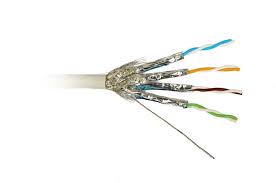 to the telephone company. … Definition continues below.
to the telephone company. … Definition continues below.4.)UTP cable (category 5) is one of the most popular LAN cables. This cable consists of 4 twisted pairs of metal wires (that means there are 8 wires in the cable). Adding RJ45 connectors at both ends of the UTP cable, it comes a LAN cable they usually use.
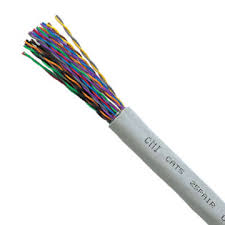
5.) USB adapter these days is one that connects an iPod or other MP3 player to its power charge
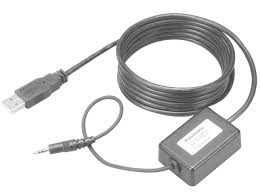
6.)HDMI is an uncompressed, all-digital signal, while the aforementioned interfaces are all analog. With an analog interface, a clean digital source is translated into less precise analog, sent to the television, then converted back to a digital signal to display on screen. At each translation, the digital signal loses integrity, resulting in some distortion of picture quality. HDMI preserves the source signal, eliminating analog conversion to deliver the sharpest, richest picture possible.
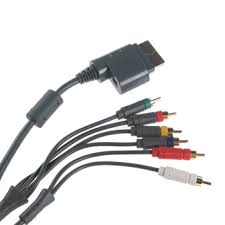
7.)Ethernet cable You can find bulk supplies of the cable at many computer stores or most electrical or home centers. You want UTP (Unshielded Twisted Pair) cable of at least Category 5. Cat 5 is required for basic 10/100 functionality, you will want Cat 5e for gigabit (1000BaseT) operation and Cat 6 or higher gives you a measure of future proofing. Bulk cable comes in many types, there are 2 basic categories, solid and braided cable. Braided cable tends to work better in patch applications for desktop use. It is more flexible and resilient than solid cable and easier to work with, but really meant for shorter lengths. Solid cable is meant for longer runs in a fixed position. Plenum rated cable must be used whenever the cable travels through an air circulation space. For example, above a false ceiling or below a raised floor. It may be difficult or impossible to tell from the package what type of cable it is, so peal out an end and investigate.

8.)Timbercon Introduces Light ARMOR Fiber Optic Cables; Durable, Protected, Lightweight Fiber Connections for Ruggedized Fiber Requirements.
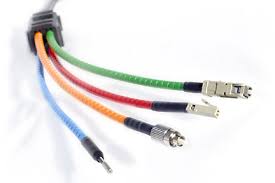
9.)Crystek has introduced a new line of low-loss RF coaxial cable assemblies featuring rugged stainless-steel solder-clamp construction and attenuation of 0.36 dB/ft. at 18 GHz. The LL142 Series cable offers shielding effectiveness of greater than -110 dB with an operating temperature range of -55° to +85°C (extended range of -55° to +125°C available through special order).

10.)Broadband & MSO fiber optics: support broadband and MSO network applications from inside the central office all the way to the subscriber.

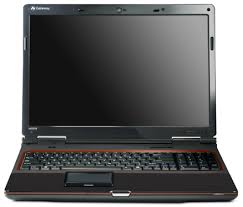
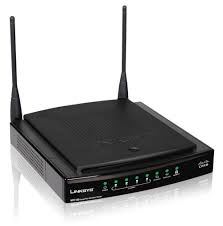
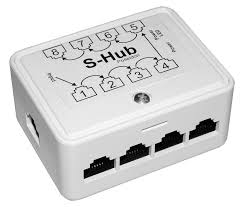
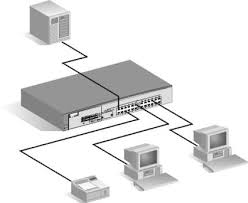

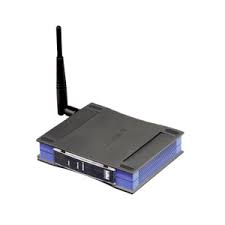
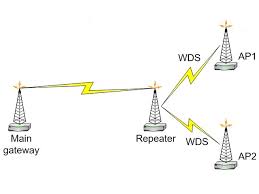
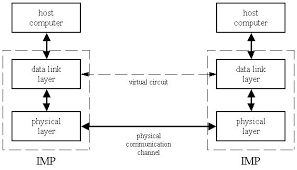

 ctrical and mechanical characteristics
ctrical and mechanical characteristics
